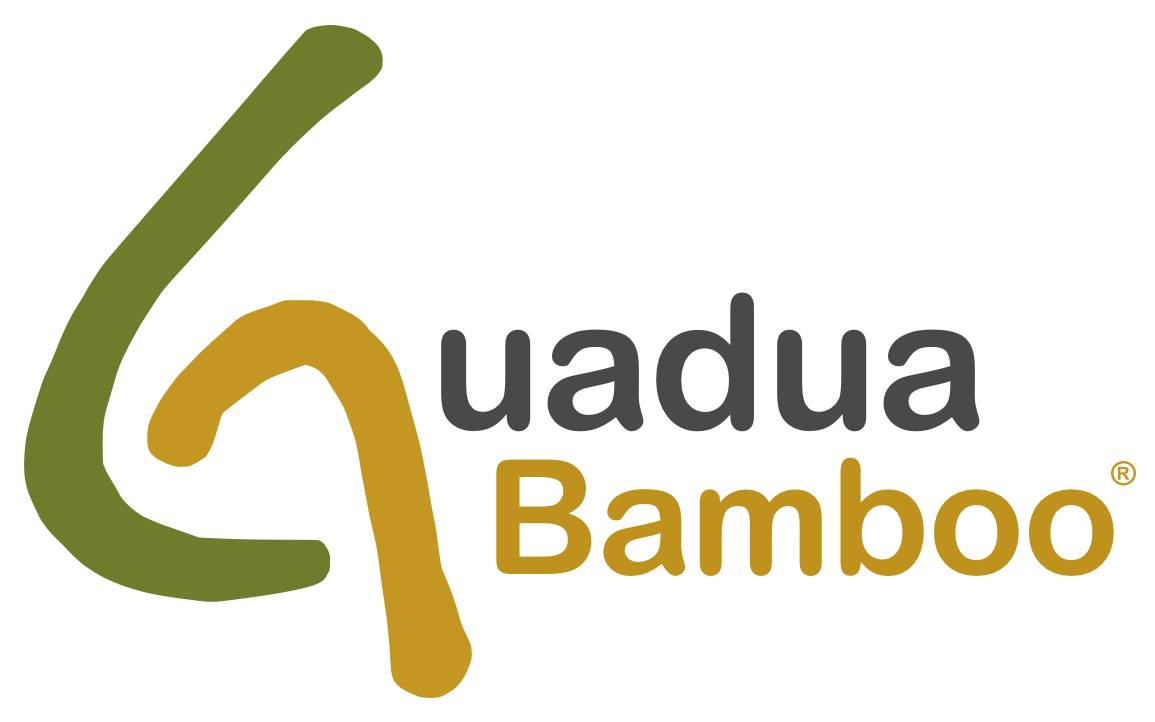Belgian Zoo Unveils Europe’s First Bamboo Tower - A Sustainable Milestone!
At Planckendael Zoo in Mechelen, work has just begun on renewing the visitor entrance. The focal point of the new entrance area will be a 28-meter tower made from bamboo. Never before has such a large-scale construction with this sustainable material been undertaken in Europe. CRU! Architects from Ghent designed the plans for the new entrance, basing them on several principles of circular building.
The bamboo tower is designed not only to enhance aesthetics but also to enrich the visitor experience for more than a million people each year. "It will be nothing short of spectacular," says Dries Herpoelaert, the zoo’s general manager. The tower’s impressive height is a tribute to the zoo’s iconic storks, known for their distinctive chatter and elevated nests, drawing visitors’ attention skyward—an effect that aligns perfectly with the zoo’s vision.
The tower is undeniably the highlight of the new entrance. Not only due to its height—comparable to most water towers in the country—but also because of its unique structure. The construction is made entirely from Colombian bamboo poles, supplied by Guadua Bamboo, a company founded by Stéphane Schröder, a Belgian bamboo expert with a long trackrecord of producing the highest quality construction grade bamboo. Never before has this sustainable material been used on such a scale in Europe. Planckendael Zoo, in collaboration with Ghent University, subjected the bamboo to extensive fire, bending, compression, and tensile tests, which yielded excellent results.
Unique in Europe
This project is groundbreaking in more ways than one. Never before has Europe seen a bamboo structure of this scale and complexity. It took the expertise of Ph.D. architect Sven Mouton and the dedicated team at MOUTON office for structural design, who navigated a five-year journey of groundbreaking calculations, testing and certification, paving the way for bamboo construction in Europe despite the absence of standardized building codes for the material. This pioneering work has now set the foundation for future bamboo projects across the continent.
“Bamboo is a natural and ecological material that aligns beautifully with Planckendael’s identity,” explains project manager Elizabeth Carlon. Bamboo is not only incredibly strong but is also a rapidly renewable resource with an impressive environmental profile, able to capture three to five times as much CO₂ as wood. An LCA analysis commissioned by CRU! Architects showed that this advantage gives the material a more favorable score compared to commonly used wood, outweighing the environmental cost of the kilometers of sea transport required to bring the bamboo to Belgium. Each pole can support the weight of three elephants, a testament to bamboo’s remarkable resilience and structural integrity.
A Step Towards Circular Construction
The new entrance—both 28-meter tower and building—is a prime example of circular construction. Firstly, because CRU! Architects excluded non-circular building materials from its design. The new building, constructed by De Noordboom from Ronse, is a wooden skeleton structure largely insulated with ecological materials like cellulose, wood wool, and flax, with facades finished with pressed bamboo panels.
The more than 10 kilometers of bamboo poles used for the tower is grown in Colombia and supplied by Guadua Bamboo. It almost certainly one of the highest-scoring materials in terms of circularity because bamboo—a hardened grass, not wood—is the fastest-growing plant in the world. This makes it easier and much quicker to renew than wood, as it can be harvested again every 2 years, earning it a reputation worldwide as an exceptionally sustainable material.
This tower also emphasizes disassemblable construction, as both the tower and surrounding buildings are made from prefabricated, modular elements that can be dismantled and reused in the future. This forward-thinking design reflects a new era of architectural resilience and environmental mindfulness.
Assembling Prefab Elements for the Bamboo Tower in Belgium
Looking Forward
This partnership with Planckendael Zoo and CRU! Architects is a proud moment for Guadua Bamboo, showcasing the potential of bamboo to shape Europe’s architectural future. We’re grateful to the entire project team, and Thomas De Maeyer, for his remarkable scale models, which played an important role in visualizing and executing this ambitious project. The bamboo tower not only demonstrates the strength and beauty of bamboo but also highlights the potential for sustainable architecture in Europe.
As work continues, we’ll be sharing periodic updates on the tower’s progress, celebrating each step toward a future where eco-friendly structures are the norm. We hope this bamboo tower inspires more architects, builders, and visionaries to explore the potential of bamboo and other sustainable materials in their projects.
Stay tuned for more updates on this exciting journey with Plankendael Zoo and the growth of sustainable construction across Europe!



































